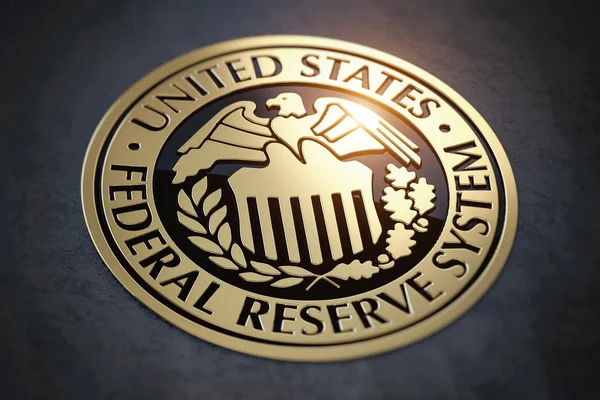Fed intervenes to reduce systemic risks post the SVB failure. Following the effects of the failure of SVB, the Federal Reserve creates a lending channel for US banks that requires liquidity.
Fed plans a relief plan for banks needing liquidity
In response to the Fed’s move to announce a big loan plan to provide financing for troubled banks in the wake of Silicon Valley Bank’s abrupt failure. The S&P 500 is rising on Monday, supported by declining Treasury yields (SVB).
Fed hawkish tightening and impact on SVB
The Federal Reserve reacted forcefully, starting its most aggressive tightening campaign in decades. When inflation suddenly appeared last year and started rising at an alarming rate.
Given that bond prices and interest rates move in opposite directions. The sharp increase in interest rates caused a sharp decline in bond prices. Which caught SVB off guard. Which resulted in significant financial losses.
When bonds are held to maturity, price drops brought on by negative rate movements over the course of the bond’s life are meaningless.
They are merely brief deferred losses because, barring a default, the nominal value of the investment will be completely recovered at maturity.
When banks are forced to sell their properties while suffering a loss
When banks are compelled to sell their assets at a loss in order to quickly raise capital, a problem results. SVB’s destiny was thus sealed.
Startups had been rapidly depleting their cash reserves. Steadily withdrawing from their deposits to sustain their businesses in the face of a hostile environment and icy for fundraising.
Due to the weak state of the economy and interest rates that were at their top level in 15 years. Considering that these businesses were SVB’s largest clients, the situation was causing adverse effects.
In order to stop the bleeding, the institution had to rapidly shore up its finances as withdrawals increased in the lead-up to SVB’s fiasco. Due to this, management was forced to sell a sizable portion of the fixed-income portfolio at a significant loss.
SVB’s acts destroyed trust and caused panic, opening the door for a significant bank run.
By the end of Thursday, customers had requested $42.0 billion in withdrawals from the institution. Resulting in a negative cash balance of almost $1.0 billion and the institution’s bankruptcy. This surpassed the biggest bank failure in American history.
On Sunday, Signature Bank suffered a similar fate when officials forced the business lender to close due to a massive outflow of deposits.
Synopsis
The collapse of SVB was mainly atypical; poor risk management and a heavily concentrated depositor base caused the bank to fail. However, the Fed’s rapid rate hike cycle also contributed in part because it increased financing costs. Which put pressure on lenders. In this way, the problem was starting to take a systematic turn, necessitating intervention from the American government.









